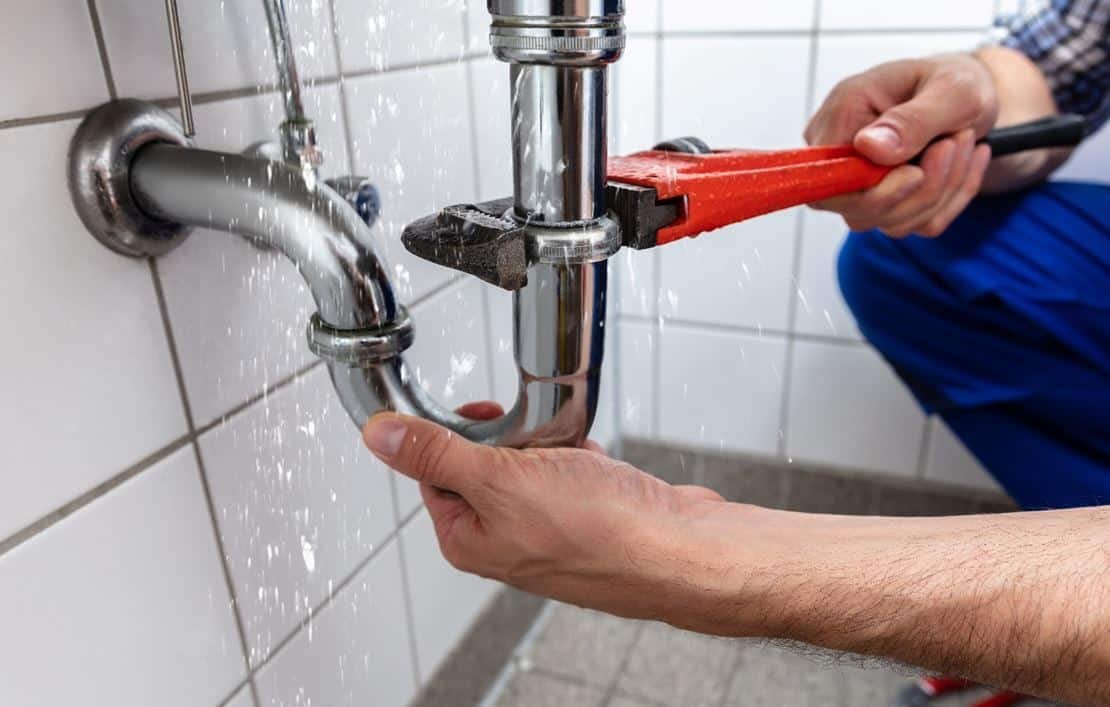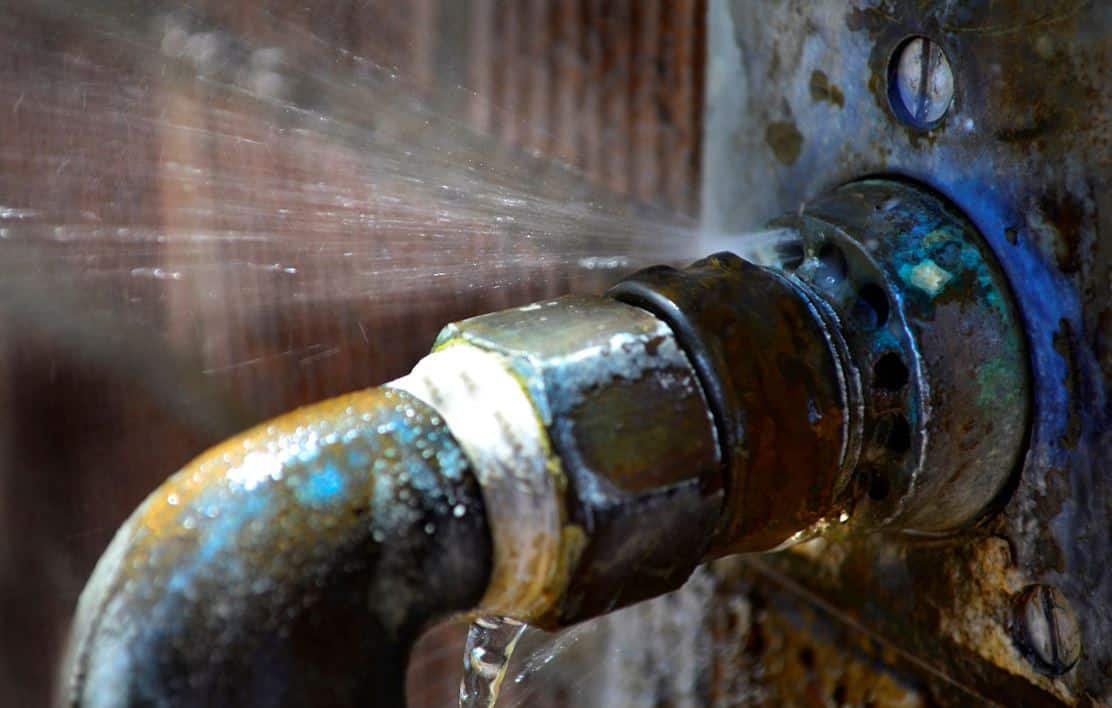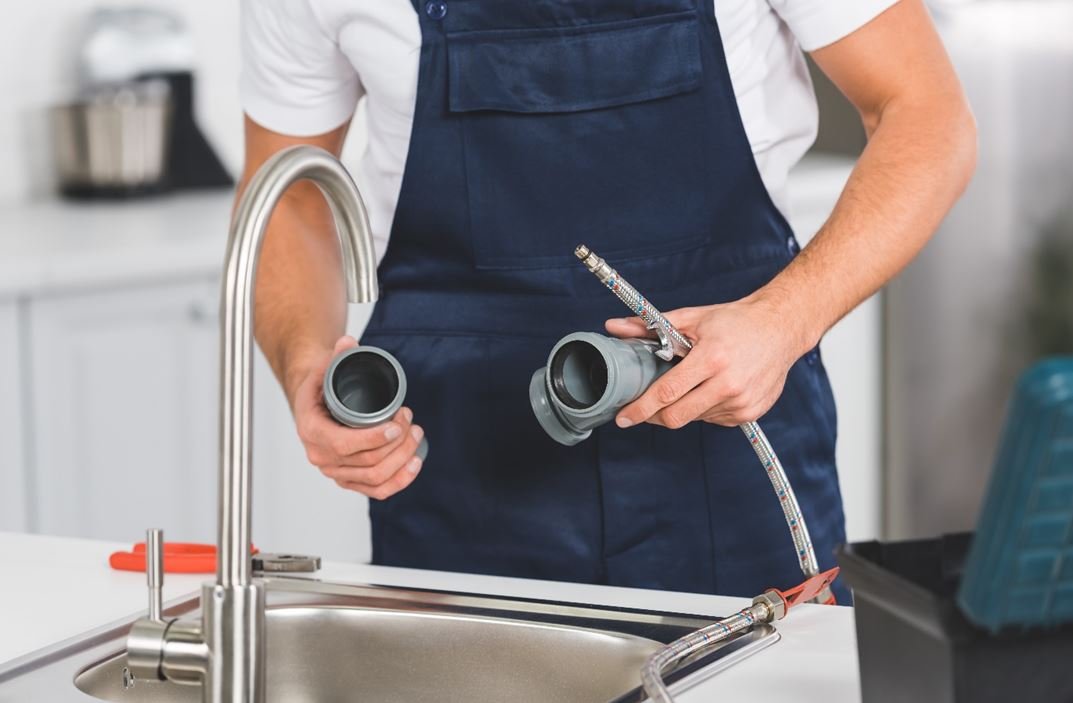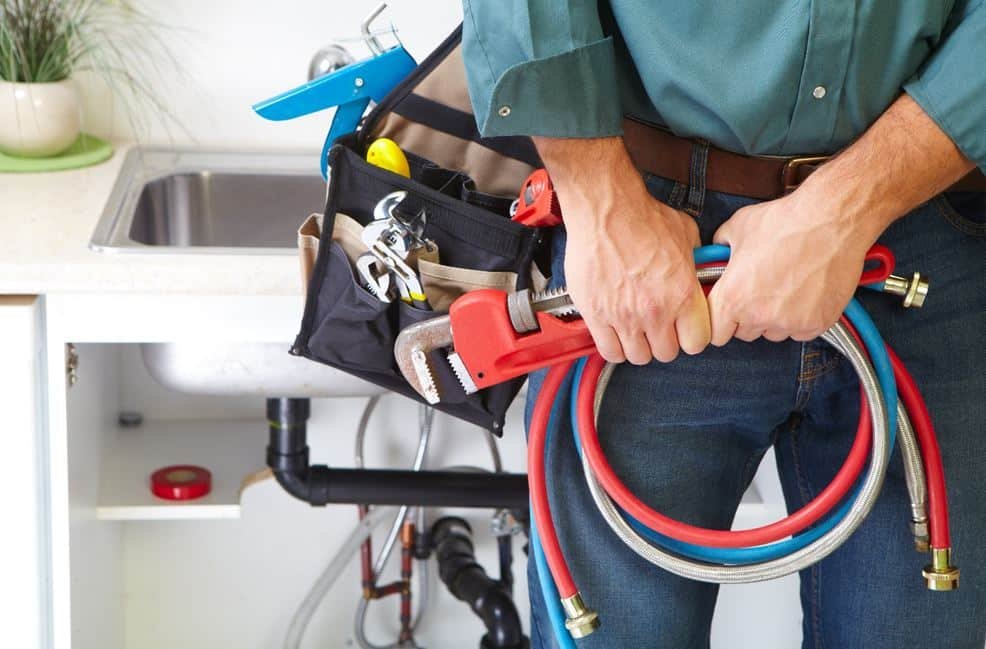Home Improvement
List of Backflow Preventive Maintenance

Backflow prevention is required for every commercial or business building, and a variety of technologies are available to do so. Regardless of which method you utilize in your facility, a long-term backflow prevention program must be well-maintained to function correctly. Regularly scheduled preventative maintenance is the most effective way to do this correctly.
[lwptoc]
What Exactly Is Backflow?
So, what exactly is backflow or reverse flow system? It’s a term that describes an issue that occurs when water flows in the opposite direction of its planned flow. A cross-connection is a connection point where the main water supply is split into multiple lines, some of which may or may not be potable.

Damage Pipeline
A cross-connection occurs when a public water system distributes potable and non-potable water to a customer or when your private home’s water supply has a connection point that feeds potable and non-potable water.
When it comes to backflow, those cross-connections are the major danger factors. Severe pollution can occur when water and other contaminants travel backward through a cross-connection. This is because non-potable water can flow backward and into your potable water lines or water sources.
So, what exactly is backflow? It’s a major health danger that could jeopardize your entire family’s safety. As a result, taking the appropriate measures to control and avoid it will be critical in providing you with peace of mind and safe drinking water.
Backflow and Its Consequences
A backflow problem can contaminate otherwise safe drinking water. A successful civilization requires safe drinking water. Modern plumbing advancements have resulted in improved waste collection and sanitary procedures.

Proper Plumbing Plans
Many diseases have been ratified as a result of this. Backflow issues can still exist, unfortunately. A health concern exists when clean water is contaminated with wastewater due to backflow. Contaminated water may contain bacteria, chemicals, or pathogens that cause disease transmission.
Why Could Backflow Occur in Your Plumbing?
Understanding backflow necessitates a basic understanding of house plumbing. The majority of residential sewage removal systems rely on gravity and ventilation to transport wastewater out of the house. The freshwater that enters your home, on the other hand, is pressured.
If the equilibrium between these two systems shifts—pressure rises in the wastewater system, the pressure falls in the freshwater system, or a combination of the two—waste material will be forced back up into the freshwater pipes.

New Pipes
A municipal system issue, such as a break in a water main or a high amount of water utilized for firefighting, is a common cause of pressure loss on the supply side. Because of the pressure decrease caused by water loss, wastewater will be suctioned into the drinking water system. Back siphonage is the term for this.
Backpressure occurs when the pressure in the wastewater system exceeds the pressure in the freshwater system. This can happen due to issues with the sewer system or a break in the sewer line leading from your home. If the supply-side pressure is already low, it won’t take much for the sewer system pressure to raise to create backpressure backflow.
How Can Backflow Be Prevented?
First, arrange an annual backflow check to identify any potential contamination sources. A trained plumber can install devices wherever in the system where fresh water and wastewater are mixed.
The backflow mechanism remains open as long as municipal water flows in just one direction. If the flow reverses, the device prevents tainted water from entering the supply water system.

Preventive Maintenance
In residential applications, there are two types of backflow prevention devices:
Backflow Preventer Hose Bib
A backflow preventer hose bib protects a single outlet, such as an outdoor water faucet. Water pressure can only be applied in one direction thanks to a spring in the compact assembly. If the municipal water pressure lowers, the spring closes, and a valve opens, allowing backflowing water to be discharged before reaching the freshwater supply.

Repairing a Leakage
Pressure type Vacuum Breakers
A pressure-type device constantly senses system pressure and is installed in the pipe that feeds water to house sprinkler systems. A check valve closes to prevent backflow if the pressure in the system starts falling below the air pressure coming through an above-ground inlet.
Backflow Can Also Be Prevented in Other Ways, Which Plumbers Can Assist With

Plumber
Plumbers are well aware that frozen water can cause a pipe to explode. As a result, householders must be informed about the need to isolate an exterior tap during the winter months. The risk of bursting pipes can be reduced by isolating an outside tap.
Rather than double-check valves, stop taps are commonly seen in older buildings built 30-40 years ago — this does not prevent backflow. When performing installations in such locations, it’s critical to check for double-check valves.

Fixing a Pipe
It’s critical to be vigilant and proactive when it comes to double check valves. They can cause various problems for homeowners and plumbers, so it’s important to be cautious and aware of how simple it is to prevent backflow in a home.
-

 Celebrity4 weeks ago
Celebrity4 weeks agoIs YNW Melly Out Of Jail? What Is The YNW Melly Release Date, Career, Early Life, And More
-

 Sports4 weeks ago
Sports4 weeks agoMore Than Just a Game: How College Sports Can Shape Your Future
-

 Tech3 weeks ago
Tech3 weeks agoAI Software: Transforming the Future of Technology
-

 Tech3 weeks ago
Tech3 weeks agoAll About Com. Dti. Folder Launcher: Features, Benefits, Tips, And More













